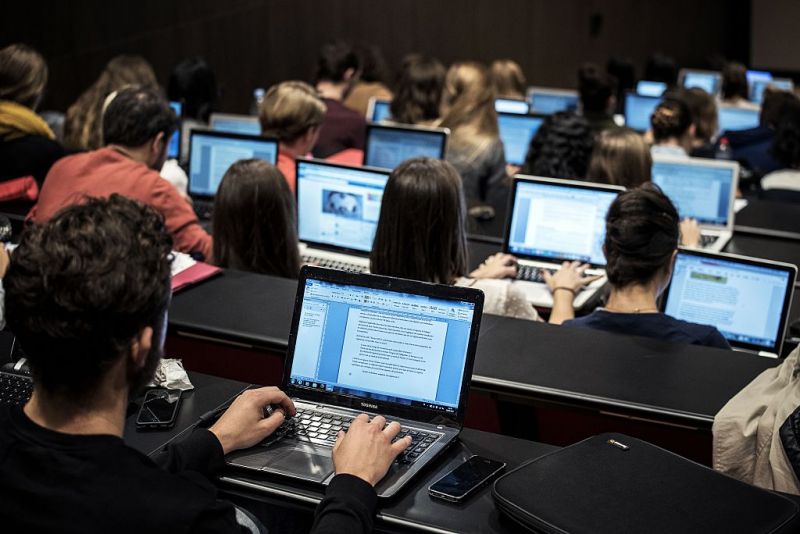Technology has already rooted deeply in our everyday lives. In education, it becomes essential for effective studying, so how exactly do technologies help students?
Top values technology can give to students
Gone are the days when you spent nights over a pile of books, looking for an unknown word in an Encyclopedia. With all the information of the world available on the smartphone, now students have no boundaries in learning and evolving technologies only increase the efficiency and simplicity of the educational process. Technologies help students with lots of things, from communication to online accounting homework help. It provides many ways to learn, perceive information, engage in the process, research and become a better student – easily.
How students benefit from various technologies
With modern technologies, you can choose a studying pace most comfortable for you and thus make the educational process more enjoyable and convenient. However, this is not the only thing how technology can impact your studies. So how does technology help students learn?
- Flexible learning hours. Now students can study anytime and anywhere, not only in classes and doing homework after them. The use of technologies means that you no longer need to stick to the traditional schedule except for hours arranged with your teacher. You have access to many online resources, recorded lectures, and different studying tools while teachers can assess your progress efficiently and adapt the material according to your level. Data is exchanged instantly and you get your feedback when you need it;
- Ability to choose. With flexibility comes the choice. Now you can choose what activities to perform and what types of assignment impacts positively on your growth and grades. Teachers give students more control over decision making to build skills and feel more empowered;
- Accessible resources. The entire power of the Internet is in your hands. Using research skills, you can find information on any topic, communicate with any people and apply this in your studies. All this info is up-to-date and thus relevant at the moment of searching;
- Digital simulations. When we think about technology improving education, one of the first things that come to your mind is digital simulations. With almost real models, teachers can clearly explain complex concepts. This technology will be especially useful for visual and tactile learners;
- Online degree. If earlier we all had to attend classes at university to get a diploma, now you can easily take online courses remotely and still get a degree in any discipline;
- Communication. Traditionally, teachers and students have trouble when communicating in a class as it is hard to achieve mutual understanding. Technology can transform a classroom into the network where teachers can publish posts and give assignments and students ask questions more freely;
- E-books. In addition to being environmentally friendly, e-books let us get rid of heavy backpacks and fit all necessary information into one electronic device;
- Assessments. Using special programs, teachers can prepare more relevant exercises, quizzes and interactive games and also be able to estimate the progress of each student individually and regularly. Thus, teachers know whether a student got the idea right, how much time he/she spent answering a question and receive a clear picture of students` advancements;
- Fun. Instead of traditional boring texts, writing assignments and regular tasks, technology makes it possible to diversify class and homework to engage students in the process of learning. If you struggle to understand a subject, now you have multiple ways explaining this topic, and interesting videos can let you perceive the information easily;
- Group collaboration. Individual approach is good, but studying in groups and operating as a team can become more fun and efficient. It should not necessarily be a physical contact as online cooperation and working together on essays, documents, and notes via messages and video conferences can give more results than sitting in a classroom.















